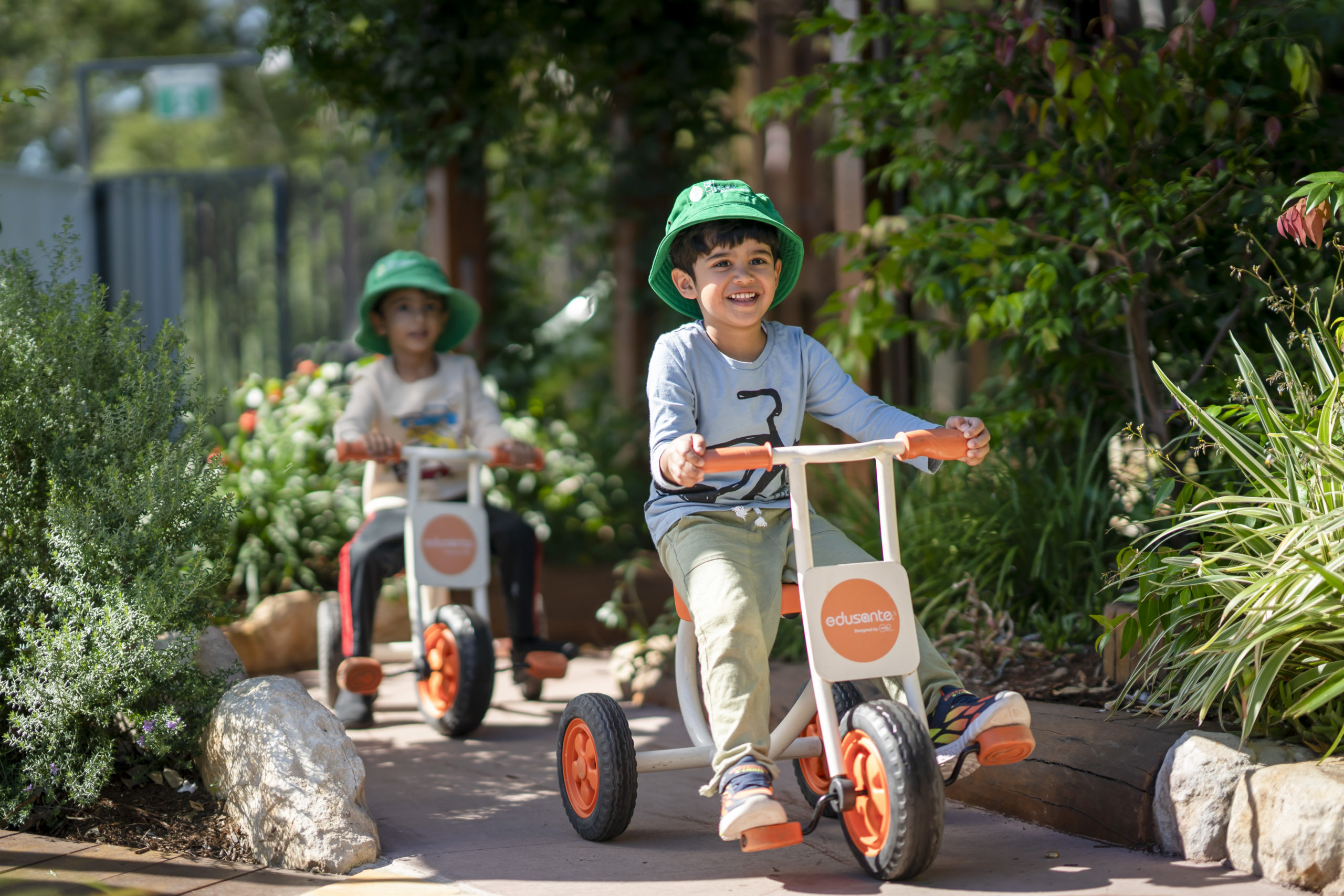
Top News, Useful tools
Useful tools
07 April, 2025

Before your child sets out on the road (or, more realistically, the bike path) it’s important they have everything they’ll need for a safe journey. Bicycle safety for kids means not only riding the proper-sized bike, but having a helmet, training wheels, bike lights, bright-coloured clothing and sneakers with good grip.
One of the most important items your child should have is a bike helmet. According to research by the University of New South Wales, cycling fatalities have almost halved since mandatory helmet laws were introduced in the 1990s. And while driver and cyclist awareness are still the most important factors in preventing deaths, wearing a bike helmet also works to reduce the severity of head injuries should a non-fatal accident occur.
So how can you tell that your child’s helmet fits properly? According to the Children’s Hospital of Los Angeles, a bike helmet isn’t something they should ‘grow into’ – getting the right fit then and there is key. They say you should:
Now that they have their helmet, it’s time to find a bike that is the correct size. Bicycle NSW says you want a bike that your child can straddle and clear by around five centimetres while standing upright with their feet flat on the ground. They also shouldn’t hit their knees or legs on the handlebars when riding, and their legs should have slight bend when the pedal is at its closest point to the ground.
Finally, make sure your child can turn the handlebars left and right without overstretching their arms.
It’s also important that your child wears proper clothing before they ride their bike. They should avoid wearing dark clothes in favour of bright colours to ensure they are visible on the roads. They should wear closed-in shoes and riding gloves to prevent injury, too.
Feeling like you’ve got all the gear but no idea? Don’t worry – doing a pre-ride safety check is easy. You’ll want to…
Just like pedestrians and drivers, cyclists have important road rules that they must follow to ensure bike riding safety. These rules include…
The most important tip for teaching children bicycle safety is to lead by example – explain why you do certain things like stop before a zebra crossing or keep to the left, and make sure you always follow the rules yourself.
Stick to short rides when they’re starting out so that they can properly focus without getting tired. Add treats like a milkshake or a play at the park into your route to help them recuperate and incentivise them to follow the rules.
Allow them to choose their own safe bicycling equipment to help them get involved in the process and make them more excited about bicycle safety.
Another Australian rite of passage is learning how to swim. Learn about when to start swimming lessons with your child!